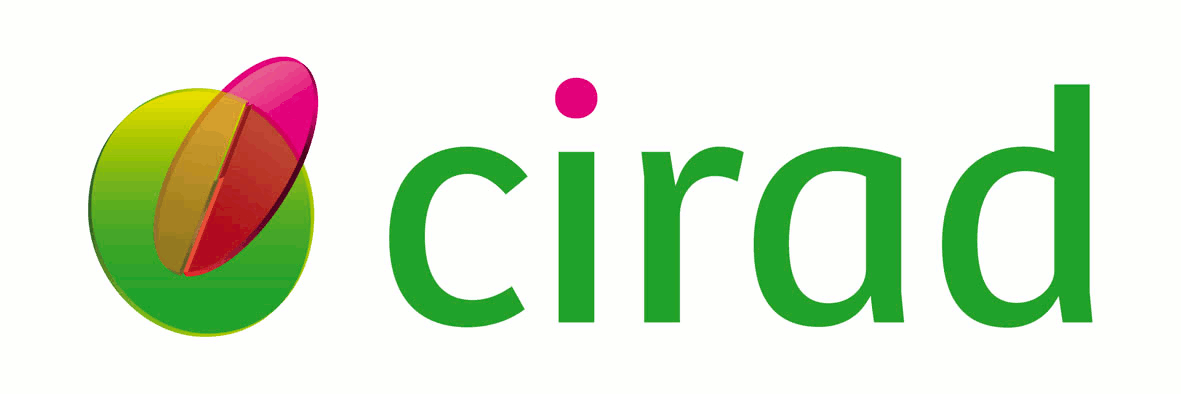The contribution of mechanics to provide parsimonious explanations of morphogenesis
Résumé
On one hand, since On Growth and Form (Darcy Thomson, 1942), the evolution of the shape of organisms has been measured. Even if they are not easy to grasp, mathematical tools exists to quantify shape deformation. On the other hand since the last decades, a huge amount of literature arise to explain the change in cell physiology. Models of cell-cell signaling tend to provide a plausible mechanism to explain the apparition of stable patterns of genetics activity (Barbier de Reuille et al., 2006; Jonsson et al. 2006; Smith et al. 2006; Stoma et al.; 2009). Numerous observations have been made to link these gene expression patterns with the position of new organs in the plant. However, the causal link between the genetic activity and the resulting shape of the tissue still need to be found.
In this talk I will explore the role of mechanics of plant tissues both to provide a link between genetic activity and local cell shape deformation and to provide a physical integration of each cell growth decision into a coherent overall tissue shape. I will demonstrate that growth interactions mediated through the mechanics of cell walls reflect more parsimonious models of morphogenesis than a direct control of shape deformation by genes.
Since the mechanical state of a plant tissue cannot be directly measured at this time, in the Virtual Plants team, we develop a model of plant tissue, based on real cell shape acquisition, that allow to compute the mechanical state of the tissue. Hence, hypothesis on the role of mechanics can be assessed and testable predictions can be made.






